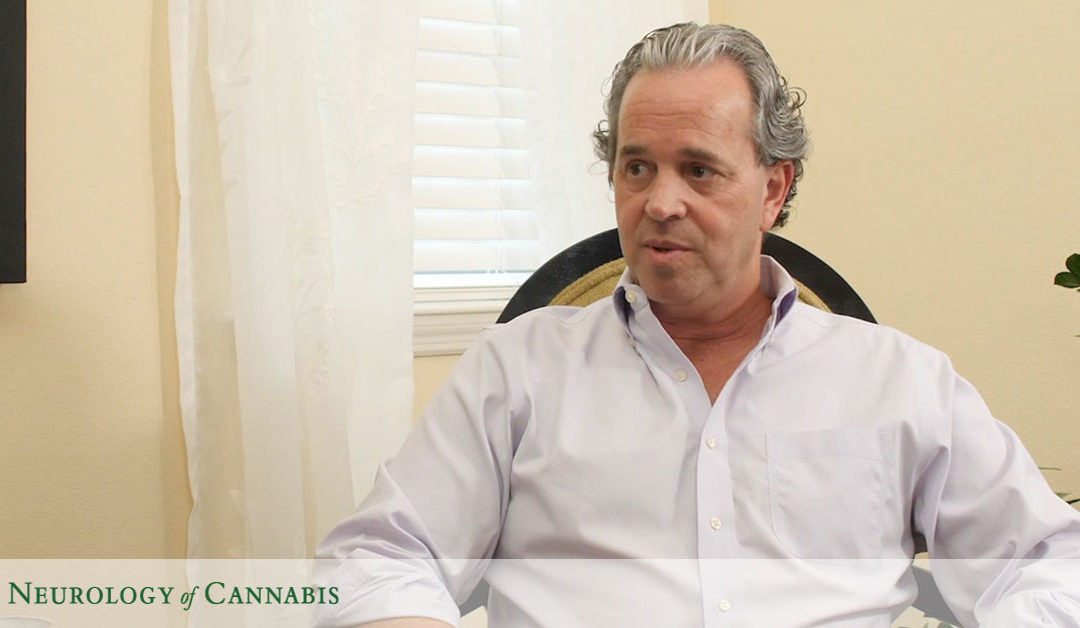As you may know, the cannabis plant has hundreds of active ingredients, but the two most studied for medical use are THC and CBD. But even with 35 states legalizing marijuana for medical use, a myth still persists regarding these two substances.
One line of conventional thought is that while CBD provides natural, gentle pain relief and general healing, THC is the aspect of cannabis that only “gets you high.” Therefore, many may still shy away from any treatment which includes THC, shunning its psychoactive properties.
Fast Fact: CBD does not cause intoxicating effects but has come under fire from the FDA for making hundreds of health claims they call “unsubstantiated.”
Federal Classification Adds to Misunderstanding
CBD is approved in many forms on a federal level, but THC is banned as a Schedule 1 drug. Because the United States has yet to approve the broad use of THC across a range of possible treatments, its reputation as “the party portion of cannabis” persists.
But as a recent study pointed out, this is an erroneous conclusion. Researchers found that THC is, in fact, medicinal, and cannabis users seeking rapid, effective relief from nausea need more THC and less CBD.
Recognized as “the largest study of its kind,” scientists at the University of New Mexico have been tracking cannabis users’ habits: symptoms, cannabis product selections, and subsequent experience of relief. The study was published in the April issue of The Journal of Clinical Gastroenterology.
Researchers discovered that medical cannabis users using the drug to ease symptoms of nausea experienced relief in as quickly as five minutes. Also, it was reported that users smoking cannabis flower obtained more significant relief more rapidly than someone utilizing a vaporizer or taking edibles.
Results also showed that medical cannabis users of products high in CBD achieved less symptom relief on average than those with higher THC products. As Jacob Vigil, an associate professor of psychology at the University of New Mexico and a study co-author told the school’s news website, “perhaps our most surprising result was that THC, typically associated with recreational use, seemed to improve treatment among consumers of Cannabis flower, while our CBD, more commonly associated with medical use, actually seemed to be associated with less symptom relief.”
Study Parameters
The study, conducted between June 6, 2016, and July 8, 2019, evaluated “2220 cannabis self-administration sessions” from 886 users seeking nausea relief. Participants reported which products they were using, what symptoms they were treating and then tracked the effect that the cannabis product had on their symptoms in real-time.
Additionally, researchers found:
* flower products labeled Sativa or hybrid “outperformed” products labeled Indica.
* flower products with higher THC and lower CBD were generally associated with more significant symptom relief.
Nausea examined in this study is just one symptom, and the study does not address other symptoms such as pain relief. More research needs to be done to determine the efficacy of both THC and CBD in alternative situations has been addressed in other studies
While the medical community has determined that CBD is more effective for conditions like epilepsy than THC in some scenarios, the current study promotes that THC is far more than just a party substance. This study gives us further insight into the cannabis plant and its components and should encourage prospective patients to consider THC products for their treatment. As a safe and natural alternative to opioids and other pharmacological medications, medical cannabis continues to earn its reputation as an effective treatment for many difficult symptoms and diseases.
Dr. Daniel P. Stein is a board-certified neurologist and expert in the field of medical cannabis. Thousands of patients in the Sarasota area and around the country have benefited from his integrated approach to healing. Call the Neurology of Cannabis offices at 941-200-3412 for more information.

